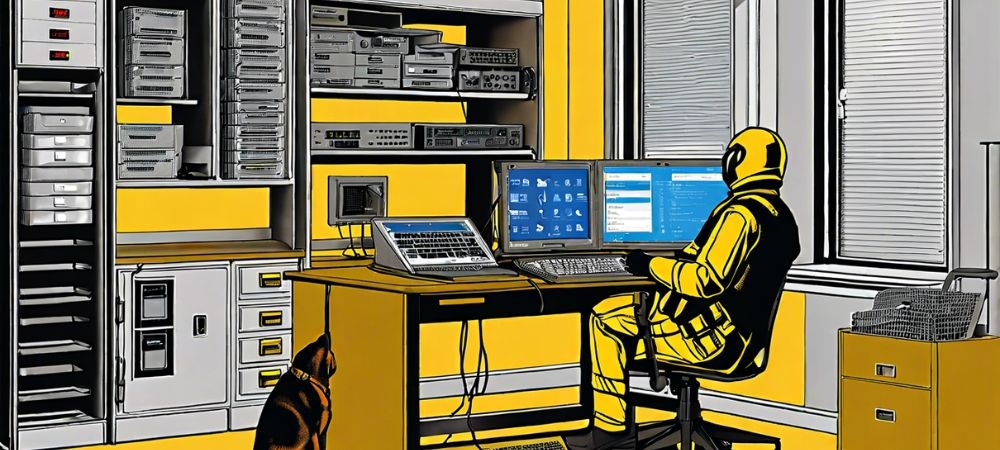

Sure, here is a short essay on the topic "Legal Framework and Guidelines for Quarantine Procedures":
added details available check that. ---
When it comes to quarantine procedures, there's no denying that having a solid legal framework and guidelines in place is crucial. I mean, just look at the chaos that can ensue when stuff ain't clear! So, let's dive into what these frameworks typically involve.
First off, the legal framework for quarantine isn't some newfangled idea. It's been around for centuries-think back to those medieval times when ships suspected of carrying plague had to wait out in the harbor before docking. The main goal has always been the same: protect public health by isolating people who might be carrying infectious diseases. Now, this sounds simple enough, but making sure everyone's rights are respected while keeping society safe? That's where things get tricky.
So, what's usually included in these legal frameworks? Well, they often spell out who's got the authority to impose quarantines. This could be local health departments or national agencies like the Centers for Disease Control and Prevention (CDC) in the United States. These authorities need clear power to act swiftly; otherwise, it's like trying to catch water with a sieve-not very effective!
Now let's talk guidelines. You'd think they'd be straightforward too but oh boy! Not quite. Guidelines have gotta cover all sorts of scenarios: How long should someone be quarantined? Where should they stay? What's allowed during quarantine-can people go out for essential needs or not? And what happens if someone flat-out refuses to comply?
Enforcement is another biggie-without it, guidelines are just words on paper. Authorities must have measures in place to ensure compliance without being overly harsh or infringing on personal freedoms more than necessary. It's a fine line really.
Then there's communication-it can't be stressed enough how important clear messaging is during a quarantine situation. If people don't understand why they're being asked to isolate themselves or if mixed messages are sent out, trust erodes quickly. And once you've lost people's trust? Good luck getting them to follow any sort of guideline.
But hey! Let's not forget about challenges either! Implementing these regulations uniformly across different regions with varying resources can be quite daunting too!
In conclusion (phew!), we see that having comprehensive legal frameworks and detailed guidelines for quarantine procedures aren't just beneficial-they're essential! They help balance individual rights with collective safety-a balancing act that's anything but easy yet incredibly important nonetheless!
---
Hope you found this essay both informative and engaging despite its little imperfections here and there!
Implementing quarantine measures, oh boy, it's no walk in the park! The process can be quite detailed and needs meticulous planning. It's not like you just put up a sign and expect everyone to follow it. No way, there's much more involved.
First off, ya gotta identify who's at risk. This isn't as simple as picking names out of a hat. Health authorities need to figure out who has been exposed to the contagious disease or could potentially spread it. They ain't gonna quarantine folks willy-nilly; there's usually some tracking and tracing involved.
Once you've got your list of people, the next step is communication – big time! You can't just send an email and hope for the best. Authorities need to inform those individuals about why they need to be quarantined, how long it'll last, and what they should do during this period. It's crucial that people understand the seriousness without causing unnecessary panic.
Then comes logistics-oh dear, this part's tricky. You have to find appropriate facilities for quarantine if home isolation isn't feasible. Not everyone's home is suitable for proper isolation; sometimes special centers are set up for this purpose. And don't forget supplies! People will need food, medical care, and other essentials while they're stuck in quarantine.
Enforcement is another critical piece of the puzzle. Just telling someone they're under quarantine doesn't mean they'll stay put. Measures must be in place to ensure compliance-whether that's through regular check-ins or even electronic monitoring in some cases.
Don't think we're done yet! There's also mental health support-yes sirree! Being isolated can take a toll on anyone's mental well-being, so psychological support services are often crucial during quarantine periods. This might include counseling hotlines or virtual therapy sessions.
Finally-and this one's super important-you gotta have an exit strategy! Once someone's quarantine period ends (and assuming they're symptom-free), there needs to be clear guidance on how they can safely reintegrate into society without causing any further risks.
So yeah, implementing quarantine measures ain't something you can rush through with half-baked plans (nope!). It requires careful coordination among various sectors-from healthcare professionals and government agencies to community services and logistics providers-to make sure everything runs smoothly without hiccups.
In conclusion? Implementing effective quarantine measures is like conducting an orchestra: every section has its role to play and timing matters immensely!
Community policing has always been a hot topic when it comes to enhancing public safety.. It's about building trust and cooperation between the police force and the communities they serve.
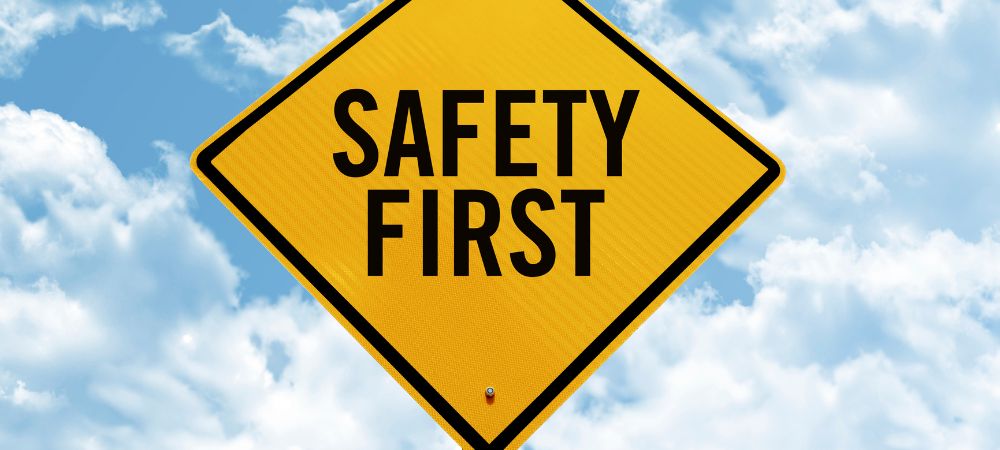
Posted by on 2024-07-06
Emergency response times are critical for public safety outcomes, and improving them can have a significant impact on the well-being of communities.. It's not an exaggeration to say that every second counts during emergencies.
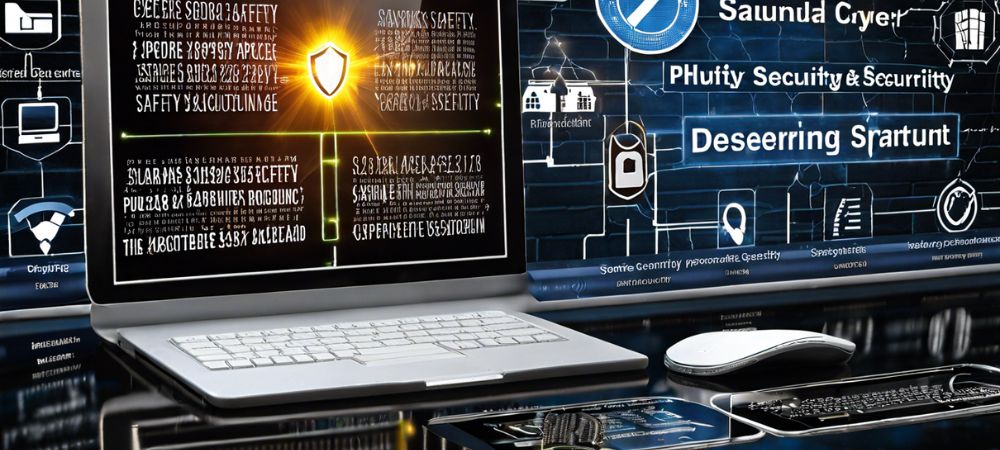
Posted by on 2024-07-06
In today's digital age, promoting public awareness and education on cyber hygiene practices is more crucial than ever.. Cybersecurity measures play a vital role in ensuring public safety, yet many folks don't realize just how important they are until it's too late.
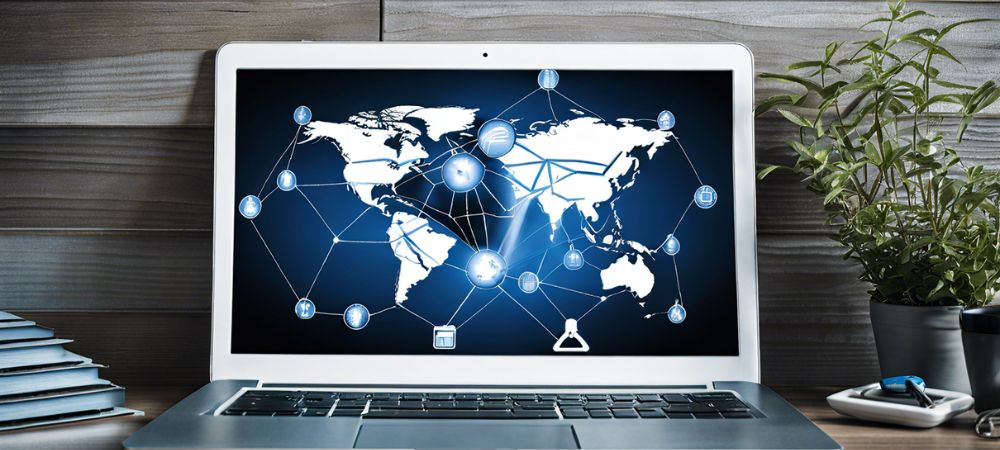
Posted by on 2024-07-06
In today’s fast-paced world, safeguarding your community isn't just a necessity; it’s an art.. Many communities have thrived by following some essential steps that might not be immediately apparent to everyone.
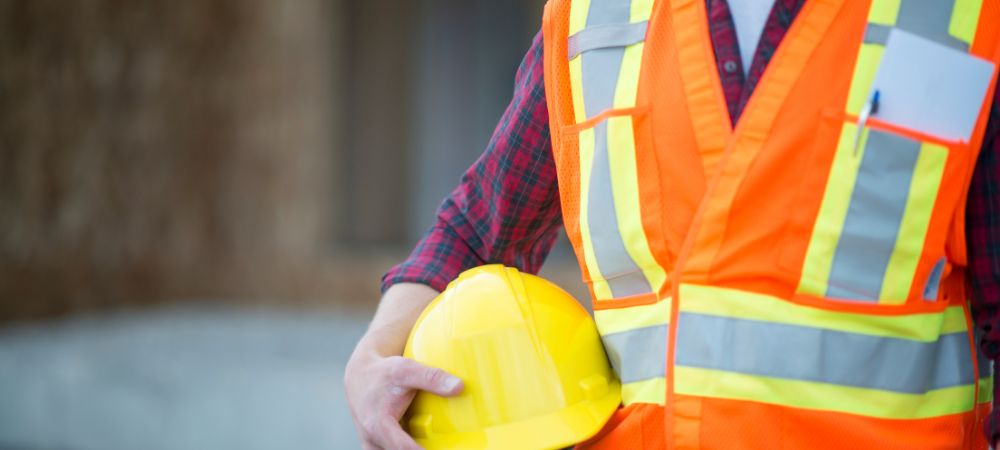
Posted by on 2024-07-06
When we talk about transforming public safety, particularly in our neighborhoods, one of the most effective strategies is fostering youth engagement programs.. It ain't just about keeping kids off the streets; it's about giving them positive outlets that can actually change their lives and reduce juvenile delinquency.
You see, young people need direction.

Posted by on 2024-07-06
The role of health authorities and government agencies in quarantine procedures is, without a doubt, crucial. They ain't just sitting around doing nothing; they're actually the ones who set the standards and ensure that these protocols are followed to the T. You might think it's all smooth sailing, but oh boy, it isn't always like that.
When an infectious disease breaks out, these bodies jump into action. They're not only responsible for identifying who needs to be quarantined but also for making sure that those individuals are provided with necessary resources like food and medical care. Now, you wouldn't believe how complex this can get! Coordinating everything from transportation to healthcare services requires meticulous planning and execution.
Government agencies often collaborate with local health departments to enforce quarantine measures. It's not just about putting people in isolation; it's also about monitoring their health status regularly. If someone thinks they're gonna just slip through the cracks unnoticed, well-they've got another thing coming! Health authorities employ various tracking mechanisms to keep tabs on quarantined individuals.
But hey, let's not forget about public communication either. These agencies have gotta ensure that information disseminated to the public is accurate and timely. Imagine being stuck at home without knowing what's going on outside-that's a nightmare nobody wants! So yeah, they use media channels-both traditional and social-to keep everyone updated.
Sometimes there're hiccups along the way-resources can run short or compliance can be an issue-but overall these bodies strive hard to make things work smoothly. They deal with public frustrations too because not everyone takes kindly to being told they can't go outside or meet their friends.
So no, it's not an easy task by any means. The role of health authorities and government agencies in managing quarantine procedures is multi-faceted and incredibly challenging. But given all complexities involved, one must admit-they do a pretty commendable job trying to keep us safe even if we don't see it every day.

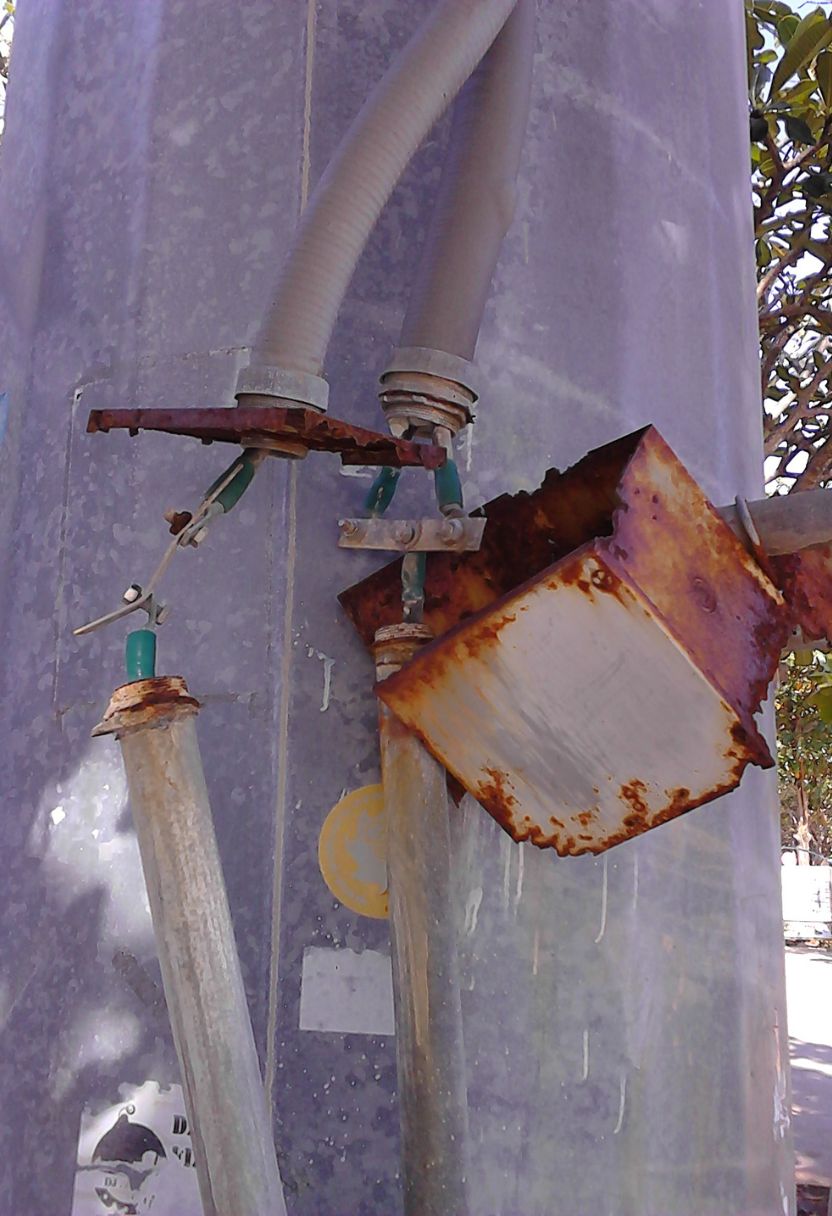
Public Communication and Awareness Strategies for Quarantine Procedures
Oh, where do we even start with quarantine procedures? It's not like everyone loves being told to stay home or to avoid social interactions. But hey, it's kinda important! Communicating these procedures effectively is a whole different ball game. You can't just put up posters and hope people will read them. No way.
First off, let's talk about clarity. If the message ain't clear, folks aren't gonna follow it. Simple as that. You gotta be straightforward but also engaging enough so people don't just ignore it. And please, no complicated jargon! I mean, who has the time to look up words they don't understand?
A good public communication strategy should use multiple channels - social media, local news, community bulletins, you name it. Not everyone's browsing Twitter all day; some still watch TV or listen to the radio (believe it or not). So yeah, diversify your platforms.
Now let's address transparency. People won't trust what they don't understand or see as inconsistent. If there's a change in the procedure – which happens quite a bit – explain why it's happening and how it affects them directly. Don't leave 'em hanging with half-baked info.
And here comes the tricky part: empathy. We're talking about people's lives being disrupted here! Acknowledge their frustrations and show you get what they're going through - "We know this isn't easy" goes a long way compared to "You must comply". Nobody likes feeling bossed around.
But wait, there's more! Visual aids can be super helpful too -- infographics and short videos are great ways of breaking down complex information into digestible bits (and pieces!). They say a picture's worth a thousand words for a reason!
Don't forget feedback loops either; two-way communication is crucial. Allow people to ask questions and voice concerns without making them feel dumb (or worse). Respond promptly and thoughtfully; don't just throw out automated replies.
In terms of negation strategies: make sure you're clear on what's NOT allowed or advised during quarantine without sounding overly negative yourself! For example: "Don't miss out on virtual gatherings while you're at home!" sounds better than "You must stay isolated."
Lastly - timing matters big-time too! Roll out your campaigns when they're most needed but not so late that nobody cares anymore because they've already figured things out themselves (rightly or wrongly).
So there ya have it - public communication regarding quarantine procedures isn't rocket science but does need careful thoughtfulness combined with timely action steps across diverse platforms using empathetic language supported by visual aids ensuring both clarity along transparency throughout maintaining constant feedback loops allowing real-time adjustments wherever necessary thus ensuring effective adherence ultimately leading towards desired outcomes benefiting all involved parties eventually culminating into successful implementation overall... phew!
Well if only implementing was as easy as writing this essay huh?
Ensuring that quarantine rules are followed isn't an easy task, but it's essential for keeping everyone safe. Monitoring and enforcement of quarantine compliance have become crucial components in managing public health crises, especially during pandemics like COVID-19. But, let's be honest-it's not just about setting rules; it's also about making sure folks actually follow 'em.
First off, monitoring people who are supposed to be in quarantine can get really tricky. Authorities use a mix of methods: phone calls, text messages, apps with GPS tracking-oh my! These tools help keep tabs on where people are and whether they're sticking to the rules. But hey, no system's perfect. Sometimes technology fails or people find ways around it. Not everyone's gonna stay at home just because their phone says so.
Then there's the whole issue of enforcing these rules when they're broken. Law enforcement or public health officials might visit homes to check if someone's there when they're supposed to be in quarantine. There's fines and penalties for those caught breaking the rules, but let's face it-that doesn't always deter everyone. Some people think they're invincible or that one quick trip outside won't hurt anybody.
Oh boy, and don't forget about the human element in all this! People ain't robots; they have needs and sometimes emergencies come up. Maybe someone runs out of food or medicine-what then? Flexibility has to be part of any effective monitoring system because life ain't black and white.
Moreover, communication is key here too. If folks don't understand why they need to stay isolated or how long it'll last, compliance goes out the window real fast! Clear instructions and updates from trusted sources make a world of difference.
In summary (and I swear I'm almost done here), effective monitoring and enforcement of quarantine compliance isn't just about using fancy tech or throwing out punishments left and right. It's a balancing act between strict oversight and understanding human nature-giving clear guidance while being compassionate enough to handle exceptions as they arise. So next time you hear about someone breaking quarantine rules, remember-it ain't always cut-and-dry!
Support Systems for Affected Individuals During Quarantine
Quarantine procedures can be quite challenging, and let's face it, nobody really wants to be stuck in isolation. It's not just about being physically separated from the world; it's also about dealing with the emotional and mental toll that comes along with it. That's why support systems are crucially important for individuals affected during quarantine.
First off, one can't underestimate the power of technology these days. Smartphones, tablets, and computers have become lifelines. Video calls with family and friends provide a sense of connection that's desperately needed when you're confined to your home or a designated facility. But let's be real – tech isn't everything. Sometimes you just need someone to talk to who's right there with you (even if they're on the other side of a screen).
Oh boy, mental health is another biggie! If you're isolated without proper psychological support, things can go downhill pretty fast. Mental health professionals offering virtual counseling sessions have been a game-changer for many people in quarantine. They help you cope with anxiety, depression or just the plain old boredom that creeps up on you when you're alone for too long.
Then there's practical assistance – don't think this ain't important! Local communities stepping up to deliver groceries or medications make a huge difference. Not everyone has friends or family nearby who can run errands for them while they're stuck indoors.
Interestingly enough, volunteer groups have sprung up all over the place during various quarantine periods around the globe. These folks aren't getting paid but they sure do bring some much-needed relief by helping out those who can't fend for themselves at such times.
You know what? Let's not forget about pets! For some people, their furry companions are their primary source of comfort and joy during quarantine periods. The unconditional love from pets provides emotional stability that humans sometimes struggle to give each other under stress.
But hey, it's not all sunshine and rainbows even with support systems in place; there are always challenges popping up here and there. Some people might feel overwhelmed despite having access to resources because let's face it – everyone handles stress differently.
Ultimately though (and I cannot stress this enough), having multiple layers of support – technological connections, mental health services, community help as well as companionship whether human or animal – creates an environment where individuals can better manage through quarantines without feeling utterly helpless or isolated.
In conclusion - no one's saying it's easy breezy lemon squeezy - far from it! But effective support systems certainly make navigating through quarantine less daunting than going solo would ever be.
Quarantine procedures, it's a subject we've all become too familiar with in recent times. The phrase "Evaluation and Improvement of Quarantine Procedures Based on Feedback" might sound technical, but it's really about making sure these measures actually work and people aren't miserable while following them.
When we think about quarantine, most folks imagine being stuck at home or in some facility, cut off from the world. It's not exactly a pleasant thought. But here's the thing: even though quarantines are essential to stop the spread of diseases, they don't have to be unbearable. That's where evaluation and feedback come into play.
First off, evaluating quarantine procedures means looking at what worked and what didn't. It's not just about counting how many people stayed put or for how long. Did people understand why they were quarantined? Were their basic needs met? If you've ever been quarantined yourself - you know how important access to food and medical care is! And let's not forget mental health support- it's crucial!
Improving these procedures based on feedback isn't as complicated as it sounds. When authorities listen to those who've been through quarantine, they can learn a lot more than they'd expect. For instance, maybe the communication was terrible, or perhaps there wasn't enough clarity on guidelines – oh boy, that's frustrating! By addressing these issues directly from people's experiences, officials can make changes that genuinely help.
Now let's talk about negation for a second. It's not like everything's bad with current quarantine protocols; no one's saying that at all! Some aspects work fine but need tweaking here and there. You can't throw out the baby with the bathwater (as my grandma used to say). Improvements could mean something simple like better meal options or providing Wi-Fi so folks stay connected with family and friends - small changes can make a big difference.
Feedback is invaluable because it comes straight from the horse's mouth (another one of grandma's sayings!). People who've experienced quarantine firsthand know what's up-they've lived through it! Ignoring their input would be plain silly if you ask me.
In conclusion, improving quarantine procedures by evaluating them through real-life feedback ensures they're effective yet humane. No system's perfect right outta the gate; there's always room for improvement based on actual experiences rather than assumptions. So let's take this seriously but also remember-it's about making things better for everyone involved during challenging times.